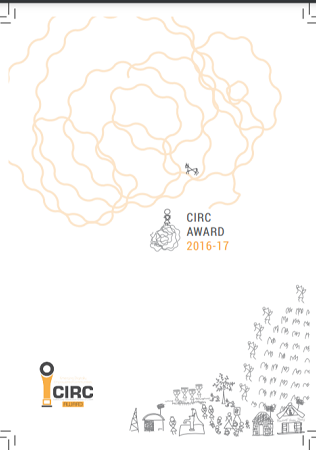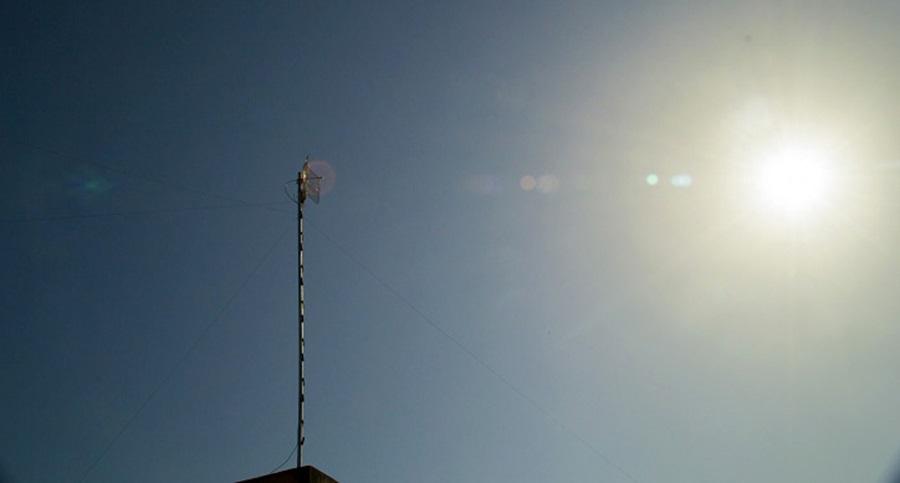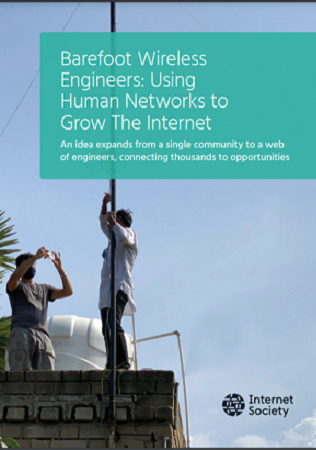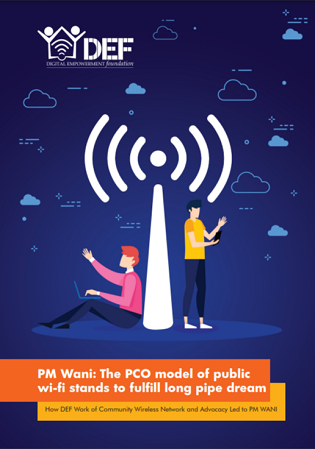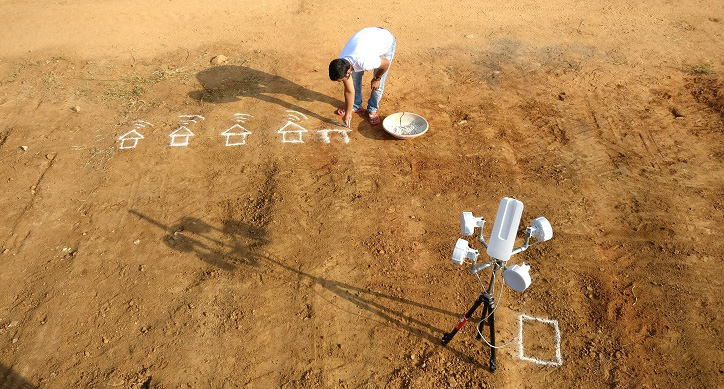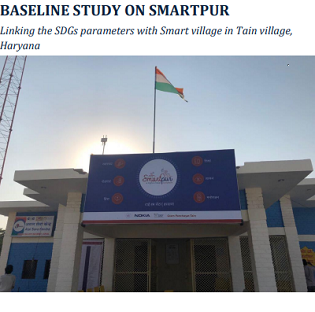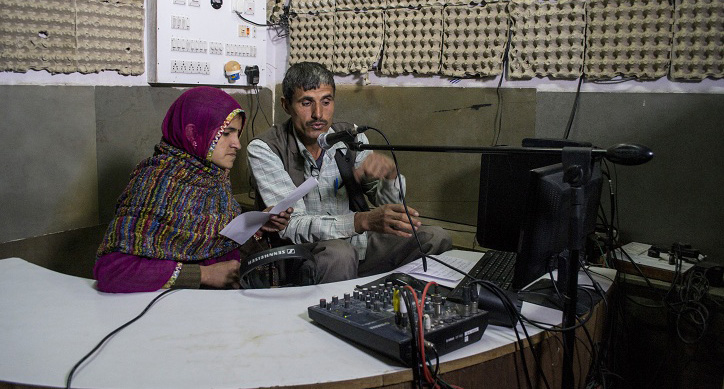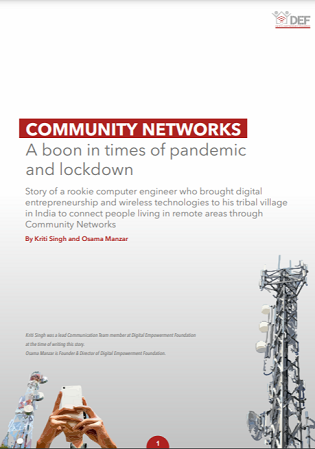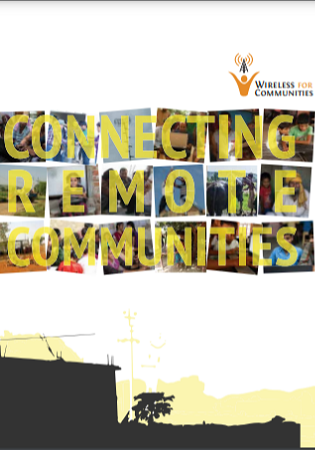Serving community information & resource needs since 2007
Community Information Resource Centres (CIRCs) are community-oriented infrastructure and information hubs built to create digitally literate, information-empowered and equitable communities across the country. The CIRCs primarily offer digital literacy, digital services, information services, citizen services and business development services to create information-rich society under a sustainable model.
Lack of access to ICTs is a major developmental challenge as recognised by various national and global mandates such as the Digital India programme or the World Summit on Information Society. Digital inclusion of marginalised communities can eradicate poverty and help achieve Millennium Development Goals (MDGs).
CIRC may be considered as DEF’s flagship project for providing access to the digital world by creating the basic digital infrastructure. Since 2007, DEF has been setting up CIRCs in rural and semi-urban areas as its main vehicle for achieving digital inclusion, spreading digital literacy and rolling out its various ICTD interventions. CIRCs are community-driven and community-run, bottom-up public spaces that seek to bridge the information and access divide and transform under-served communities into information-empowered communities. As of January 2022, DEF has set up as many as 1,500 CIRCs across 135 districts of 24 states and union territories of India.
A typical CIRC is enabled with computers, cameras, printers, projectors, scanners, internet, Wi-Fi and broadband. They are run by enthusiastic, young and passionate community members who understand the meaning of information and how it can empower communities of all class and cadre through all possible means like digital literacy, ICT skills, employable skills, English language, entertainment, health, agriculture, entrepreneurship, RTI, e-Governance services, digital services and so on.
CIRCs at different locations may undertake different kinds of activities and offer different packages of services but all of them facilitate digital access for all and allow the community to avail their daily needs using digital and communication tools. CIRCs enable DEF to undertake a multi-dimensional approach to the task of digital inclusion. They also provide the basic infrastructure needed to roll out various other DEF projects to address various programmatic verticals.
CIRCs are also self-sustaining revenue earning entities. They earn revenues by offering various kinds of digital services.
Read more about the project on www.circindia.org
Status:
Ongoing
Impact:
- 15 million impacted
- 10 million women impacted
- 10 million provided digital literacy, digital financial literacy, digital skilling, access to information & access to entitlements
- 70,000+ Women Entrepreneurs trained
- 600 Differently-Abled Entrepreneurs trained
- 50,000 PWDs provided digital access to employment opportunities








